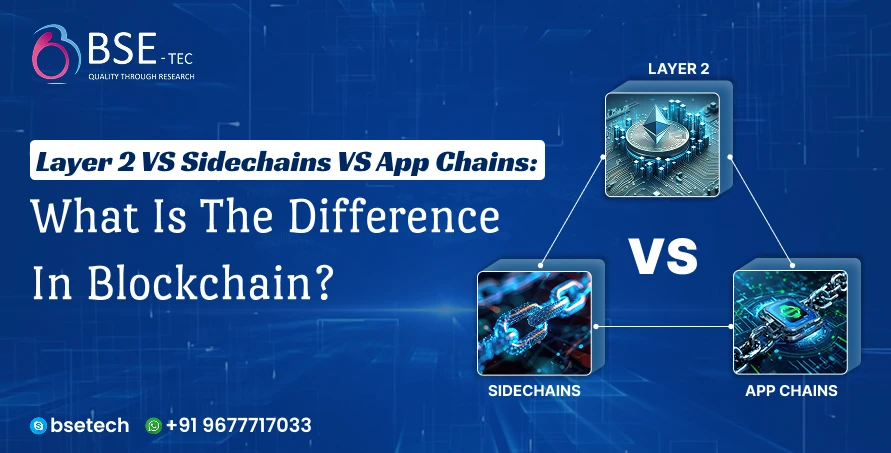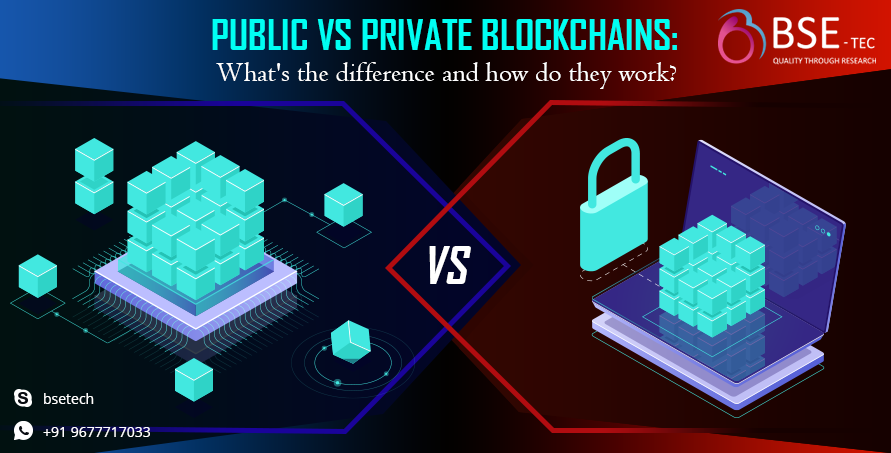
Blockchain technology continues to evolve rapidly, introducing various solutions to improve scalability, security, and flexibility. Among these innovations, Layer 2 solutions, sidechains, and app chains are prominent. While they all aim to enhance blockchain performance, they differ significantly in their designs and use cases.
What are Layer 2 Solutions?
Layer 2 refers to protocols built on top of an existing blockchain (Layer 1) to increase transaction throughput and reduce fees. These solutions process transactions off-chain and only settle the final state on the main chain.
Examples:
- Optimistic Rollups
- ZK-Rollups
- State Channels (like Lightning Network)
Advantages:
- Faster transactions
- Lower costs
- Maintains security inherited from the main chain
Use case:
High-speed microtransactions, gaming, and scalable decentralized apps (dApps).
What are Sidechains?
Sidechains are independent blockchains that run parallel to the main chain. They have their own consensus mechanisms and can interoperate with the main chain via a two-way peg, allowing assets to move between chains.
Examples:
- Polygon (formerly Matic)
- Liquid Network
Advantages:
- Flexibility in customizing rules and features
- Experimentation without risking main chain security
- Can have different consensus algorithms
Use case:
Custom applications or experimental features, asset transfers, and interoperability.
What is meant by App Chains?
App chains, also known as application-specific blockchains, are designed for a particular purpose or dApp. They are often built using frameworks like Cosmos SDK or Polkadot parachains, enabling customization and optimized performance for specific applications.
Advantages:
- Tailored scalability and features
- Decentralized governance is suited for the app
- Independence from other chains, reducing bottlenecks
Use case:
Enterprise applications, highly specialized dApps, or platforms requiring bespoke features.
Layer 2 vs sidechains vs app chains
| Aspect | Layer2 | Sidechains | App Chains |
| Main Chain Dependency | Builds on top of Layer 1, inherits security | Independent, but interoperates with the main chain | Independent or semi-independent, tailored for specific apps |
| Security | Secured by the main chain | Secured by its own consensus | Secured by its own consensus or validator set |
| Interoperability | Limited, depending on the solution | High, via two-way peg | High, designed for apps or ecosystems |
| Use Cases | Scaling existing chains | Custom workflows, asset transfers | Specialized, high-performance apps |
Choosing between Layer 2, sidechains, and app chains depends on your project’s needs for security, flexibility, scalability, and customization. Layer 2 solutions are ideal for scaling existing networks with minimal changes, while sidechains and app chains offer greater flexibility at the cost of security complexity. Many development companies focus on blockchain solutions—usually evaluating Layer 2, sidechains, and app-specific chains (or “app chains”) based on factors like scalability, security, decentralization, customization, and use cases.
Use cases:
Web3 platforms, DeFi ecosystems, gaming, and large-scale enterprise solutions.
Leading with BSEtec:
A development firm like BSEtec would analyze
- Security needs: Main chain vs. independent chains.
- Scalability: Handle large user activity or complex computations.
- Flexibility: Need for customization versus quick deployment.
- Interoperability: Cross-chain or integrations.
- Cost: Development and operational expenses.
In summary, Layer 2 is ideal for scaling existing chains quickly; sidechains offer flexibility with their own security but introduce trusting a separate chain; app chains suit projects requiring high customization and scalability but with more setup.
Would you like insights on specific use cases or a comparison for a particular project you’re considering? Then, do share your requirement with BSEtec via email to support@bsetec.com
Did you find this article useful? Let us know by leaving a comment below, or join us on Twitter and Facebook.


